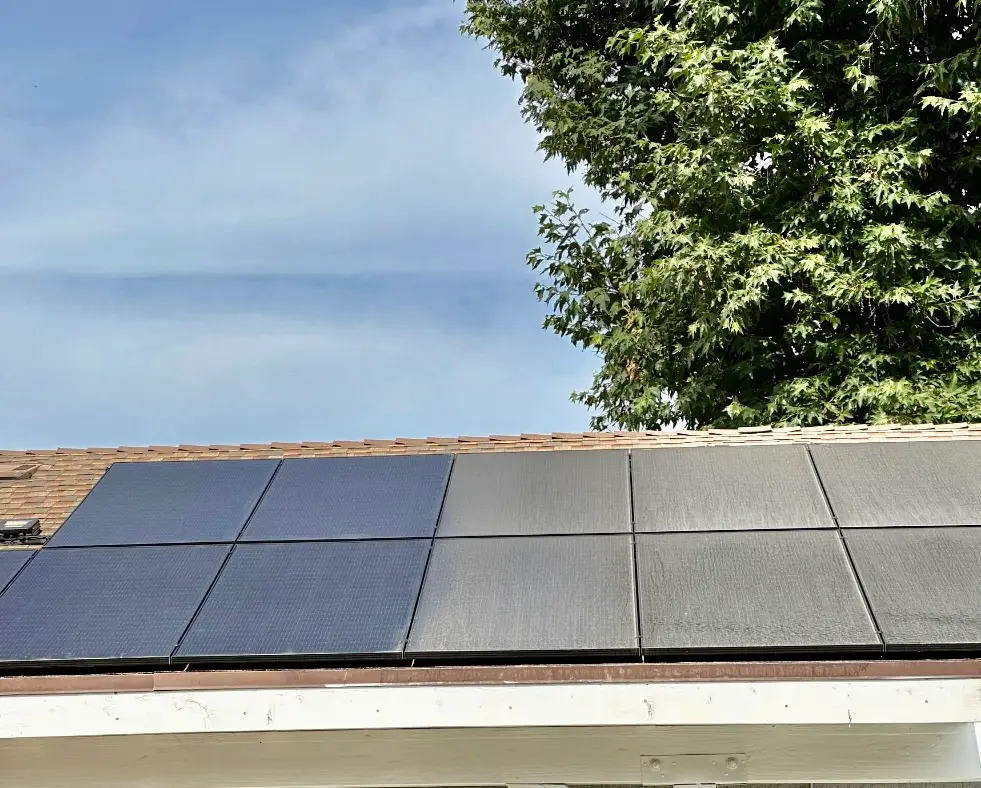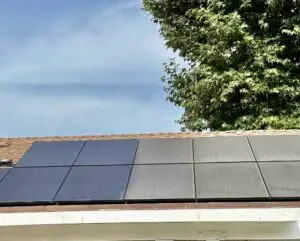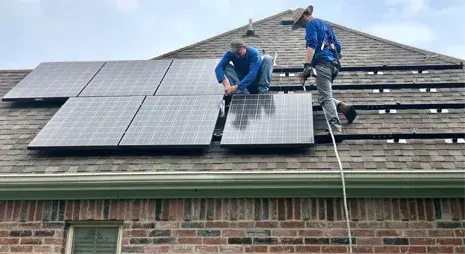Introduction
Solar energy has quickly become a cornerstone of modern home efficiency and sustainability. But with that advancement comes new technical processes homeowners need to understand. One such process is known as “detach and reset,” which refers to the temporary removal and reinstallation of a solar panel system. While it might sound straightforward, it’s a highly specialized service that must be executed with precision to protect your investment.
In this article, we’ll explore the definition, purpose, and critical details of the detach and reset process—from timing and costs to expert recommendations. This is essential knowledge for any solar homeowner facing roof repairs, renovations, or relocations.
What Is “Detach and Reset”?

Detach and reset involves carefully disconnecting, removing, and later reinstalling a solar panel system without causing damage or performance degradation. It is typically performed to allow for roof replacement, structural upgrades, or changes to a home’s exterior that affect the solar mounting area.
This procedure encompasses:
- Full electrical disconnection
- Safe panel removal and storage
- Racking system disassembly
- Reinstallation and performance testing
Unlike a full decommission, a detach and reset intends to preserve and restore the existing system as-is.
When Is Detach and Reset Required?
Several scenarios can require this service, and identifying them early can prevent delays, damage, or unnecessary costs:
Roof Replacement or Major Repairs
The most common reason for detaching and resetting solar panels is replacing or extensively repairing the roof. Since panels sit on top of the roof surface, they must be removed to access underlying structures.
Roofing Material Upgrade
If you’re upgrading from asphalt shingles to tile or metal roofing, the solar mounting configuration may change, necessitating temporary removal.
Structural Home Renovations
Any structural work that affects roof layout—such as building additions or skylight installations—requires solar system removal.
Storm Damage and Insurance Claims
After severe storms, insurers often need to inspect the roof and solar panels separately. Detach and reset enables both assessments and repair work.
Relocating Your System
Homeowners moving to a new property may wish to bring their solar system with them. While more involved, this also falls under the detach and reset umbrella.
The Detach and Reset Process Explained
Here’s a step-by-step breakdown of how professionals typically approach a detach and reset:
1. Initial System Assessment
The solar contractor evaluates the existing installation, including panel types, inverter configuration, racking system, and electrical layout. This ensures a proper plan is in place.
2. Shutdown and Disconnect
The system is safely powered down and disconnected from the utility grid or battery backup. This step involves compliance with electrical codes and safety guidelines.
3. Dismantling and Storage
Each panel is labeled, carefully unmounted, and stored in a dry, clean space. Racking and wiring are also dismantled and stored for reinstallation.
4. Structural Work Completion
Your roofing or construction work proceeds without interference from the solar system.
5. Reinstallation
Panels are reinstalled using the original layout, or an optimized version if changes are requested. Technicians reconnect wiring, test voltage, and ensure all parts are secured and aligned.
6. Testing and Activation
After reinstallation, the system is fully tested to confirm it meets performance and safety standards. Some jurisdictions may require re-permitting or inspection.
Cost Factors Involved

Several factors affect the cost of a detach and reset project. Homeowners can expect a range of $1,500 to $6,000, depending on system complexity and roof conditions.
| Factor | Cost Impact |
|---|---|
| Number of Panels | More panels require more labor |
| Roof Pitch | Steeper roofs are more labor-intensive |
| Racking Type | Complex mounting hardware increases cost |
| Electrical Configuration | Microinverters require individual disconnections |
| Regional Labor Rates | Costs vary by geographic location |
Cost transparency is key. A professional solar provider will offer a detailed quote and timeline before beginning work.
Risks of Improper Removal
This is not a DIY project. Improper removal can cause:
- Cracked or shattered panels
- Damaged wiring or connectors
- Shortened inverter life
- Voided equipment warranties
- Reduced energy production
Working with certified professionals minimizes these risks and ensures system performance remains intact.
Insurance and Warranty Considerations
A quality detach and reset service protects both your solar and roofing warranties. Here’s what to know:
Solar Equipment Warranties
Most panel warranties last 25 years. However, removal or reinstallation by an uncertified party may void coverage.
Roofing Warranties
Your roofer may not guarantee their work unless panels are removed by a qualified solar company. Coordination is essential.
Homeowner’s Insurance
Some insurance providers may cover detach and reset costs as part of storm-related roof repairs. Always check with your agent before starting.
Choosing a Professional Solar Provider
Not every contractor has the experience required for detach and reset services. Look for providers with:
- NABCEP certification
- Proven track record with reinstallation work
- Expertise in electrical codes and grid interconnection
- Local permitting knowledge
- High ratings and customer testimonials
Avoid general roofers or electricians unfamiliar with solar energy systems. A specialized solar provider is non-negotiable.
Why Eagle Solar Power Is Your Best Choice
At Eagle Solar Power, we’ve helped hundreds of homeowners successfully complete detach and reset projects without compromising system integrity. Our team is fully trained, certified, and equipped to handle your solar investment with the care it deserves.
What sets us apart:
- Transparent, upfront pricing
- Quick turnaround to minimize downtime
- Full project coordination with your roofing contractor
- Post-install system testing and optimization
We manage every detail, so you don’t have to worry about warranties, safety, or performance.
Ready to schedule your solar detach and reset? Contact Eagle Solar Power for a free evaluation and expert guidance.
Conclusion
Detach and reset is more than a technical service—it’s a safeguard for your solar investment. Whether you’re repairing your roof, renovating your home, or preparing for relocation, this process ensures your system remains intact, efficient, and compliant with warranty terms.
When done right, the process is seamless. But it requires specialized knowledge, professional tools, and a solar company that understands both the science and service of renewable energy. Eagle Solar Power delivers all that and more.
Protect your energy system. Preserve your warranty. Partner with a provider who puts your solar future first.
Contact Eagle Solar Power today to schedule your professional detach and reset service and ensure your solar system stays safe, efficient, and warranty-protected.









